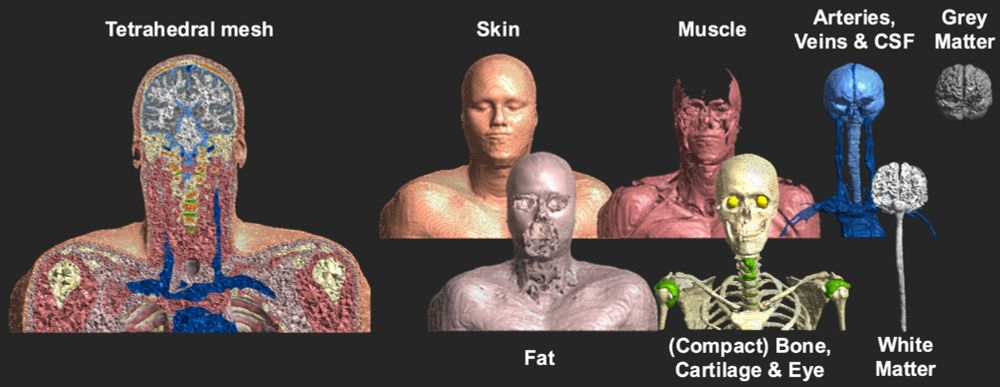
#neuroscience #openneuroscience

#neuroscience #openneuroscience
Head and shoulders—The impact of an extended head model on the simulation and optimization of transcranial electric stimulation
doi.org/10.1162/imag...

Head and shoulders—The impact of an extended head model on the simulation and optimization of transcranial electric stimulation
doi.org/10.1162/imag...
Revenue:
Elsevier: $3.9 billion
Springer Nature: $2 billion
Wolters Kluwer: $1.6 billion
Wiley: $1.8 billion
Taylor & Francis: $800 million
Sage: $500 million
They pay:
Authors: $0
Reviewers: $0
Revenue:
Elsevier: $3.9 billion
Springer Nature: $2 billion
Wolters Kluwer: $1.6 billion
Wiley: $1.8 billion
Taylor & Francis: $800 million
Sage: $500 million
They pay:
Authors: $0
Reviewers: $0

